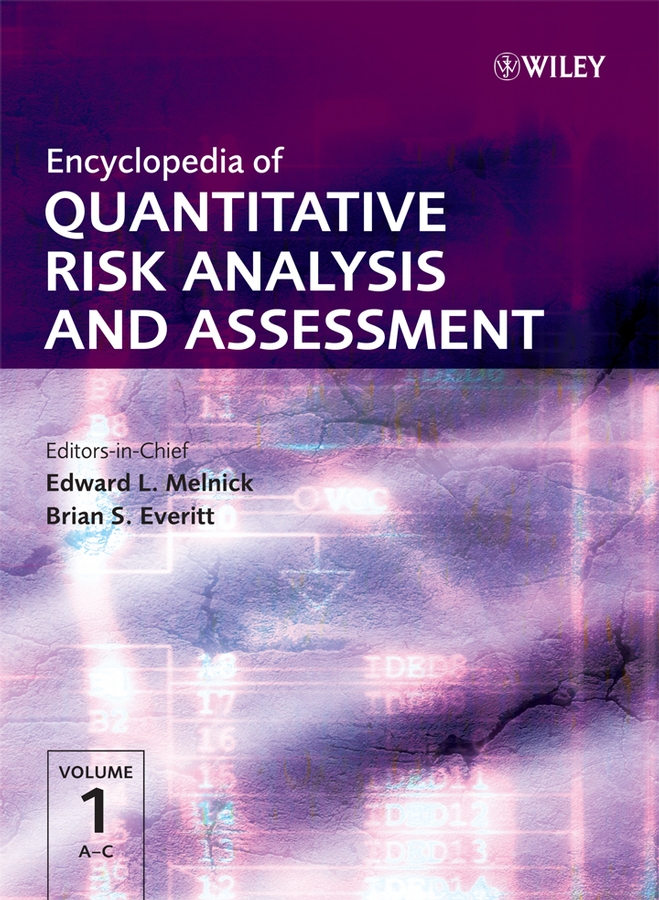Causal Diagrams
Abstract
From their inception, causal systems models (more commonly known as structural-equations models) have been accompanied by graphical representations or path diagrams that provide compact summaries of qualitative assumptions made by the models. These diagrams can be reinterpreted as probability models, enabling use of graph theory in probabilistic inference, and allowing easy deduction of independence conditions implied by the assumptions. They can also be used as a formal tool for causal inference, such as predicting the effects of external interventions. Given that the diagram is correct, one can see whether the causal effects of interest (target effects, or causal estimands) can be estimated from available data, or what additional observations are needed to validly estimate those effects. One can also see how to represent the effects as familiar standardized effect measures. The present article gives an overview of the following: (a) components of causal graph theory; (b) probability interpretations of graphical models; and (c) methodological implications of the causal and probability structures encoded in the graph, such as sources of bias and the data needed for their control.



